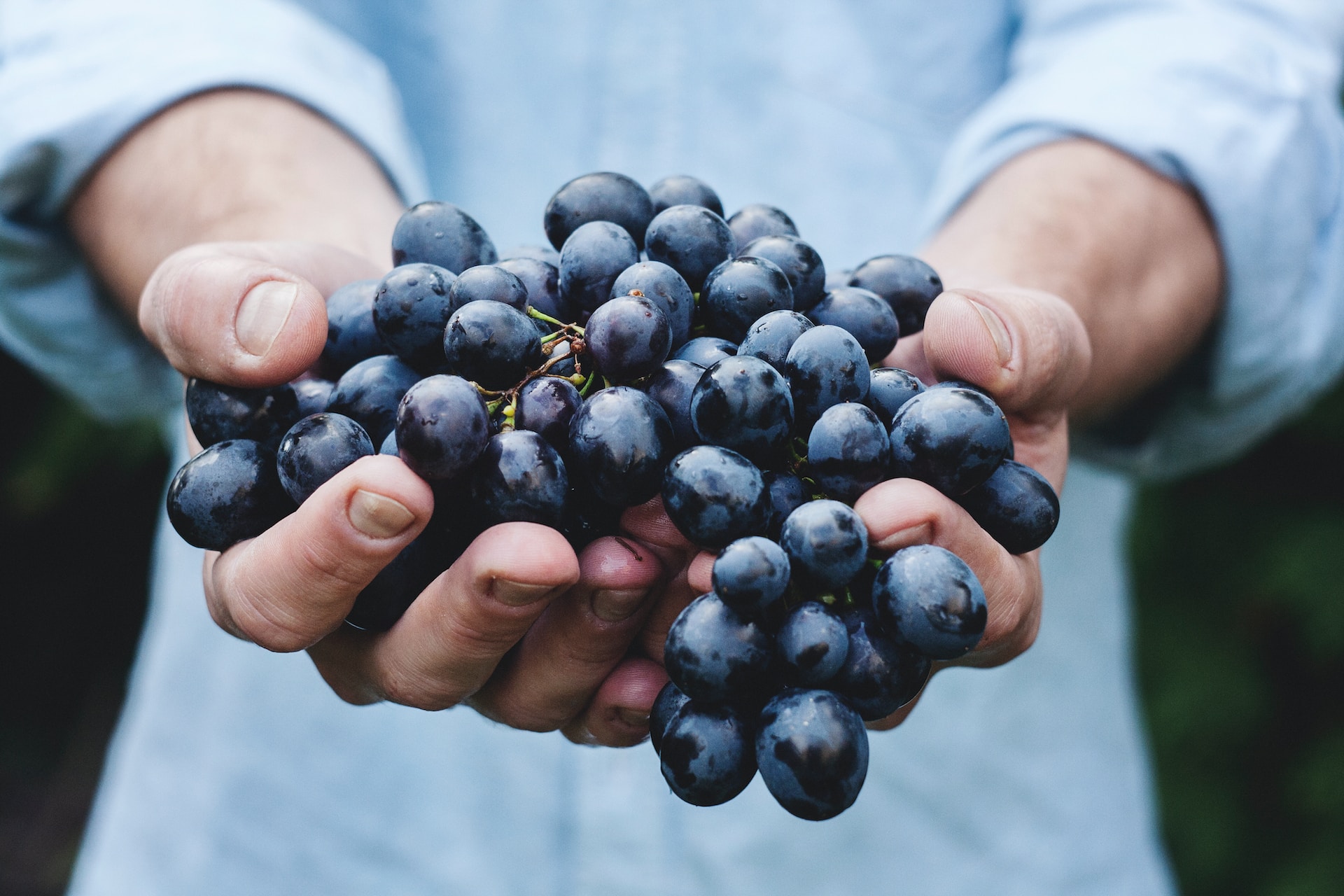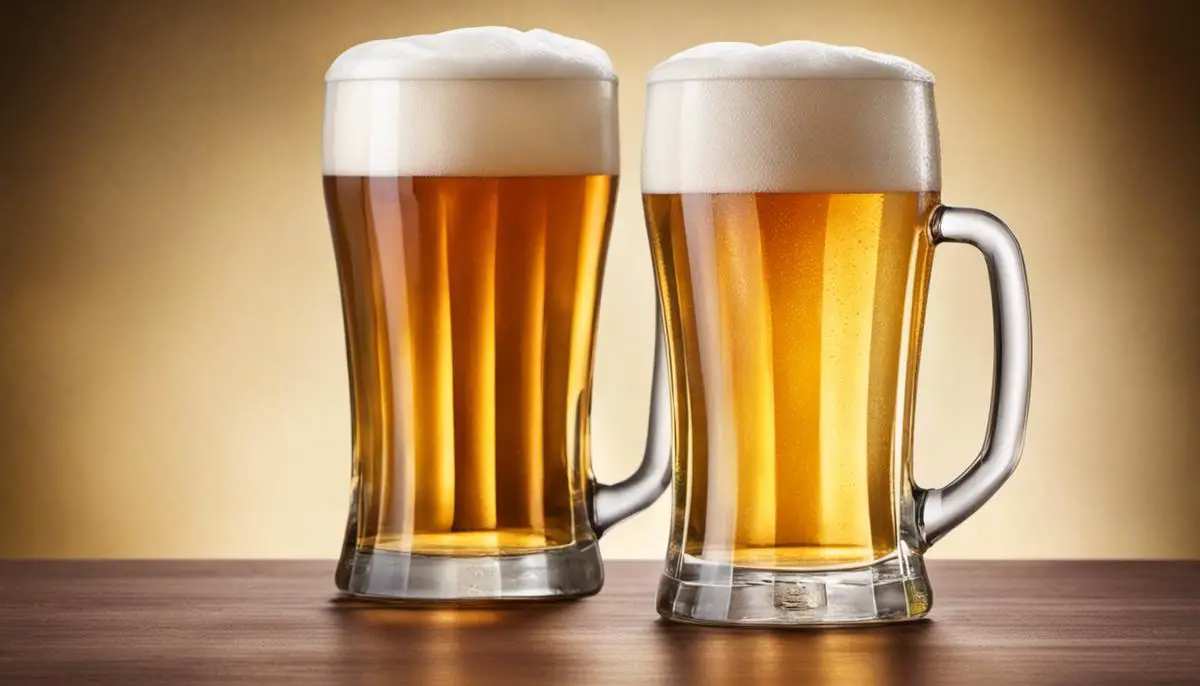The bubbly effervescence of a Thai beer is an experience worth cherishing, especially for those who have an ardent love for the fermented beverage. Nestled in the heart of Southeast Asia, Thailand holds a legacy of beer brewing that caters to a collage of flavors and tastes, unique to its tropical setting. From its humble beginnings to standing at the forefront of the Asian beer scene, Thailand’s beer industry has seen an evolution of proportions. This journey delves into the historical timeline of beer brewing in Thailand, casts a spotlight on its major brands, analyses the current market trends, and finally, guides you to enjoy Thai beer at its best.
The History of Beer in Thailand

Early History of Thai Beer
Thailand has a long and rich history that incorporates the influence of beer on its cultural, social, and economic development. The presence of beer in Thailand can be traced back to the 19th century, during the era of King Rama V, when the first step of local beer production was introduced, as the king granted a royal warrant to start a brewery.
Introduction of Notable Beer Brands
The 1930s marked the establishment of the country’s pioneer breweries with Thai beer brands like “Singha” and “Amarit” making their mark. Of these, the first and most globally recognized Thai beer brand is “Singha”, launched by Boon Rawd Brewery, Thailand’s first and largest brewery, in 1933. It’s also worth noting that Singha was the first Thai product to receive the royal warrant of appointment, a mark of the royal family’s approval.
Later in 1939, “Amarit” came into existence under the Thai Amarit Brewery, although by the late 1940s, the production of Amarit had essentially ceased, making Singha the unrivaled Thai beer for the next four decades.
Emergence of Thai Beer Market’s Competition
The monopoly of the Boon Rawd Brewery was challenged in 1980 when Carlsberg Brewery introduced “Chang” beer. These two — Singha and Chang — then shared the Thai beer market for several years, as both attempted to grab the largest market shares and establish brand dominance.
Then in 1995, Thai Beverage Public Company Limited (ThaiBev) was established and launched the beer “Archa” in 2004, which was later reformulated in 2008 to cater to the mid-segment beer market. ThaiBev also produces the well-known beer brand “Elephant” which hit the market in 1998, fighting for a position among dominant Thai beer brands. Today, the Thai beer market is mainly dominated by two giants: Singha Corporation and Thai Beverage, with a few other brands making notable contributions.
Influence of Government Regulations on Thai Beer Market
Government regulation has significantly influenced the beer industry in Thailand. The strict advertising laws, for instance, have led breweries to open their restaurants, called “beer gardens”, as a means of promoting their products. The government has also regulated the production of beer in the country, disallowing small scale brewing which would have fostered craft beer culture on a larger scale in Thailand.
Nonetheless, in recent years, the Thai beer scene has seen a slight shift with a growing interest in craft beers. While they are mostly imported due to the said restrictions on small scale brewing, an increasing number of local breweries are pushing boundaries, increasing the diversity of beer styles available in Thailand.
The Global Presence of Thai Beer
While domestic regulations have made an impact on the local market, Thai beer brands have impressively established a solid foothold in the international arena. Their uniquely flavorful brews, crafted to align with the warm and humid weather of Thailand, have been recognized globally. Brands like Singha, Chang, and Leo aren’t just local favorites anymore, they’re found in bistros and bars all across the world, a tribute to their top-notch quality, standout branding, and robust distribution networks.
Major Thai Beer Brands
Singha: Originating in Thailand and Spreading Worldwide

Singha stands as a hallmark of Thai beer, with its roots firmly planted as far back as 1933. Boon Rawd Brewery, the proud owner of the Singha brand was the first to brew beer in Thailand. Crafted from the highest quality barley, malt, and hops, this full-bodied lager carries a rich flavor profile that is truly representative of Thailand. The alcohol content is tailored to the type of Singha beer you choose: Singha Lager offers 5% alcohol, while Singha Light offers a milder kick at 3.5%.
Singha’s brewing process holds true to traditional brewing techniques, ensuring a measured and careful methodology. The blend of these techniques with choice ingredients results in a beer that expertly bridges the gap between a refreshing note and the right amount of bitterness.
Leo Beer: A Staple Among Locals
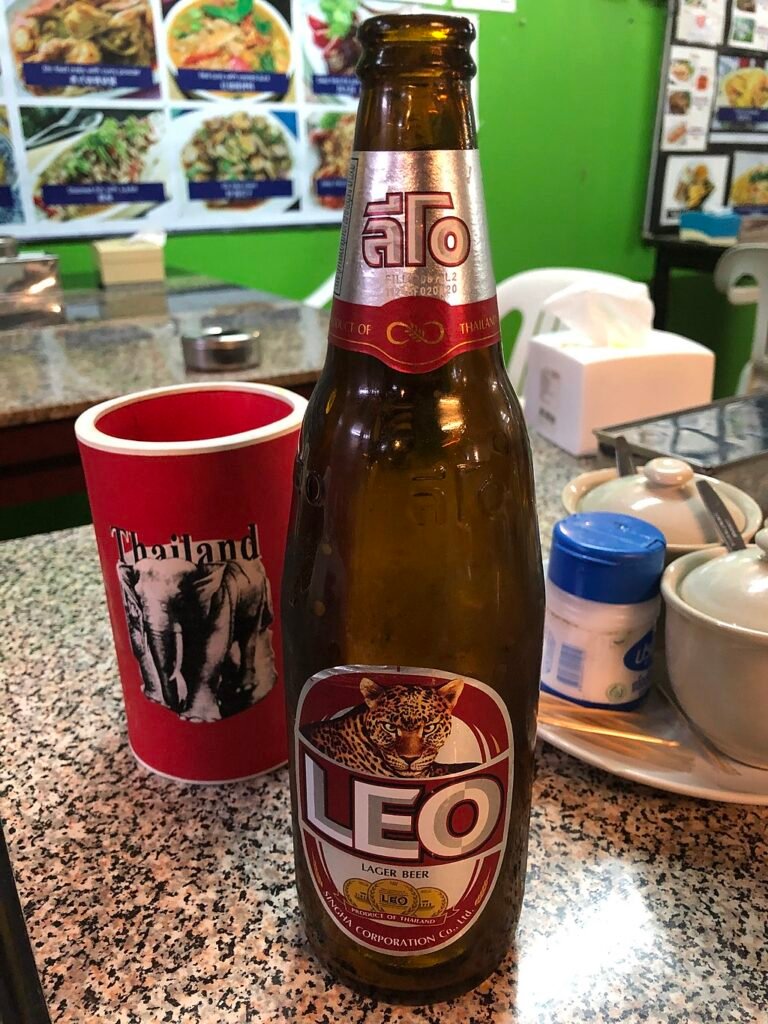
The second Thai brand to grace this list is Leo beer, another product of Boon Rawd Brewery. Largely popular among the local population, Leo caters to a broad demographic. With an alcohol content of 5%, it is slightly sweeter and less bitter compared to other Thai beers, making it a preferred choice for light-drinkers.
Leo’s brewing process involves the use of select malt, hops, and yeast combined with advanced brewing technology. This results in a medium-bodied, crisp-tasting beer with smooth mouthfeel and refreshing finish – a sought-after characteristic in Thailand’s tropical climate.
Chang: Putting Thailand on the Global Beer Map
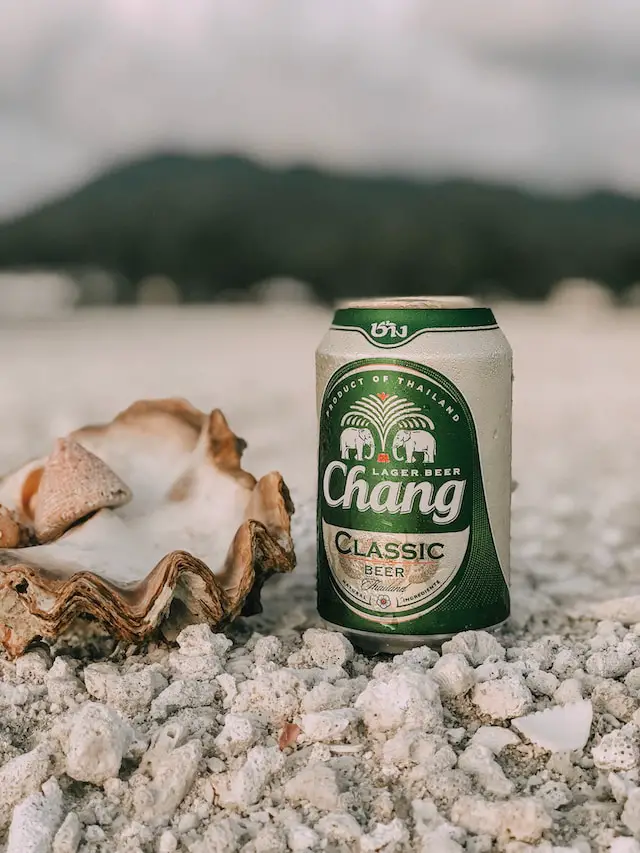
Completing the trifecta of major Thai beer brands is Chang beer. Introduced in 1995 by ThaiBev, Chang has successfully positioned itself as a global Thai beer brand and is especially known among football fans worldwide due its long-term sponsorship of English Premier League team, Everton FC.
Chang is brewed using a blend of Thai jasmine rice, malted barley, and high-quality hops, which render a unique aroma and taste to the beer. With a 5.2% alcohol content, Chang beer offers a full flavour and a distinctively smooth finish, capturing a taste that represents the richness of the Thai culture.
In terms of brewing methods, Chang uses a traditional bottom-fermentation process which contributes to its unique character. The fermentation process is carefully controlled to prevent undesirable flavors, ensuring Chang beer’s distinctive, enjoyable taste.
To Summarize
Thai beer brands like Singha, Leo, and Chang notably characterize the unique flavor profile that Thailand offers in the beer industry. Each of these beers, employing their distinct methods of brewing and individual tasting notes, provides a vivacious image of what Thai beer is all about.
The Modern Thai Beer Market
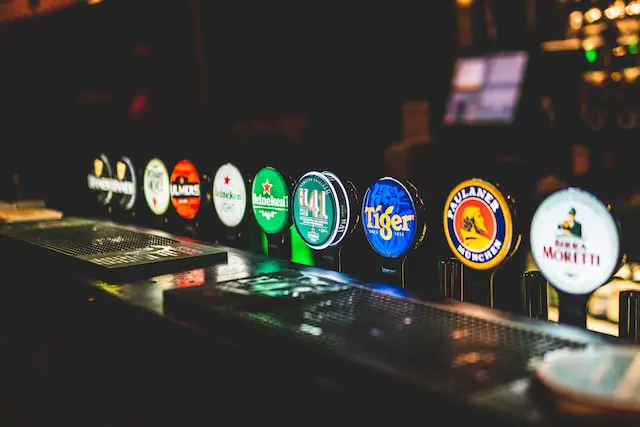
Understanding the Thai Beer Market
Presently, the Thai beer market is marked by a wide variety of options and stiff competition. The market essentially breaks down into two main segments: the traditional mass-market brands and the recently developed craft beer sector. These beers cater to the Thai palette and offer everything from light, refreshing lagers and sharp pale lagers to robust stouts.
When discussing market share, the key contenders are Singha, Leo, and Chang. Singha and Leo originate from the Boon Rawd Brewery, while Chang is the pride of ThaiBev. These flagship brands are not only synonymous with the Thai beer scene but have also made a mark at international level, especially among tourists who frequent Thailand for its lively nightlife and pristine beaches. The affordable price, expended availability, and tastes, designed to resonate with Thai beer drinkers, have made these beers a hit. Among these, Chang, known for its somewhat higher alcohol content and a sweeter palette, gained recognizable popularity, sparking a keen competition in the market.
Consumer Preferences and Emerging Craft Beer Scene
Thai consumers are typically inclined to light and refreshing beers that pair well with the local cuisine’s robust flavors. Nevertheless, this trend is gradually evolving as more Thai consumers start developing a palate for different beer styles, influenced by overseas travel and exposure to international beer markets.
Consequently, the craft beer scene in Thailand has been witnessing robust growth. Smaller breweries such as Full Moon Brew Work and Happy New Beer have been pushing boundaries, creating beers infused with unique Thai ingredients like lemongrass and chillies. While the craft beer market still makes up a small fraction of Thailand’s total beer consumption, it is an upward trend expected to continue in the coming years.
Thai Beer Market: Understanding the Trends and Players
Experts from the beer industry as well as market analysts anticipate the Thai beer market to experience considerable growth. This prediction is primarily backed by an increase in the number of legal-aged drinkers and expected rise in tourism post-pandemic. The appealing Thai market has also been targeted by well-established global beer brands such as Heineken and Asahi, further intensifying this growth trajectory.
The proliferation of craft beer is another expected trend that’s catching the mainstream attention. As Thai consumers develop sophisticated beer preferences, locally brewed craft beers with their unique flavors and brewing methodologies have started to gain ground. Experienced brewers correspondingly are tapping into this trend by innovating with local ingredients and brewing techniques.
Despite facing stringent alcohol advertising laws and high tax commitments on alcoholic beverages, the Thai beer scene remains resilient. The advancement in online delivery services has also played a supportive role, allowing consumers to access a wider range of beer options effortlessly.
Therefore, with evolving consumer tastes, shifting market dynamics, and insightful industry perspectives indicating the direction, the Thai beer market’s future leans towards continued growth, creativity, and diverse beer offerings.
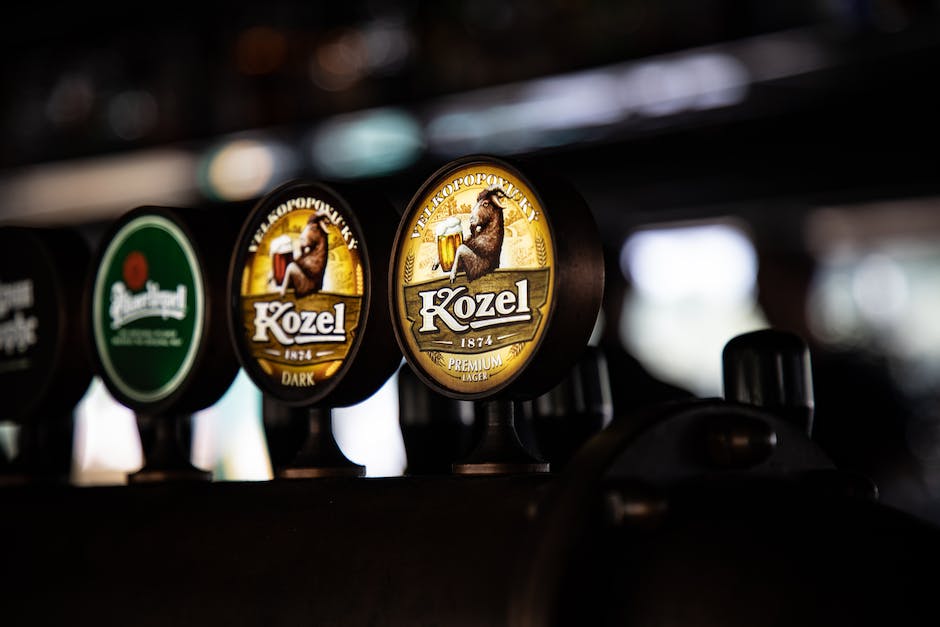
Experiencing Thai Beer: Tips and Suggestions
Diving Into Prominent Thai Beer Brands
When it comes to Thai beer, two brands notably stand out – Singha and Chang. Singha, first brewed in 1933, is a full-flavored pale lager and is widely recognized as Thailand’s pioneer beer. Its competitor, Chang, although a more recent entrant since 1995, has swiftly risen to popularity. It distinguishes itself with a lighter, crisp taste that many find refreshing.
Best Places to Experience Thai Beers
Throughout Thailand, you’ll find a variety of venues to enjoy a cold Thai beer. From bustling night markets in Bangkok Patong’s vibrant beach bars in Phuket to laid-back reggae bars in Pai, you’ll have no shortage of places to unwind with a beer. In the hip Nimman area of Chiang Mai, craft beer bars like Beer Republic offer a wide selection of local and international craft beers.
Thai Drinking Etiquettes
When experiencing Thai beers, it’s good to acknowledge and follow a few drinking etiquette. In Thailand, it’s customary to clink glasses lower than the eldest or highest-status person when toasting. Additionally, one should never pour their own drink but should refill others’ drinks when they are nearing empty.
Beer Pairings with Thai Food
Thai beer acts as a perfect companion to the country’s robust, spicy cuisine. Try pairing Singha beer with Pad Thai or Chang beer with a spicy green curry. The refreshing and fizzy character of these lagers helps cool down spicy flavors while complimenting the complex mix of tastes in Thai dishes.
Notable Beer Festivals in Thailand
For beer lovers visiting Thailand, timing a trip to coincide with one of the country’s beer festivals can provide a unique, immersive experience. The Pattaya Craft Beer Festival showcases a variety of local microbrews and imported craft beers. In Bangkok, the Oktoberfest – though not a Thai festival – serves local interpretations of German brews.
Craft Breweries in Thailand
While Thailand has stringent laws against homebrewing, the craft beer scene has been growing steadily in recent years. Chit Beer, located in Koh Kret, is a leader in the craft beer revolution, offering brewing courses alongside their selection of beers. Similarly, Sandport and the Happy New Beer brewery in Bangkok are pushing the boundaries of Thai craft beer with their inventive flavors and styles.
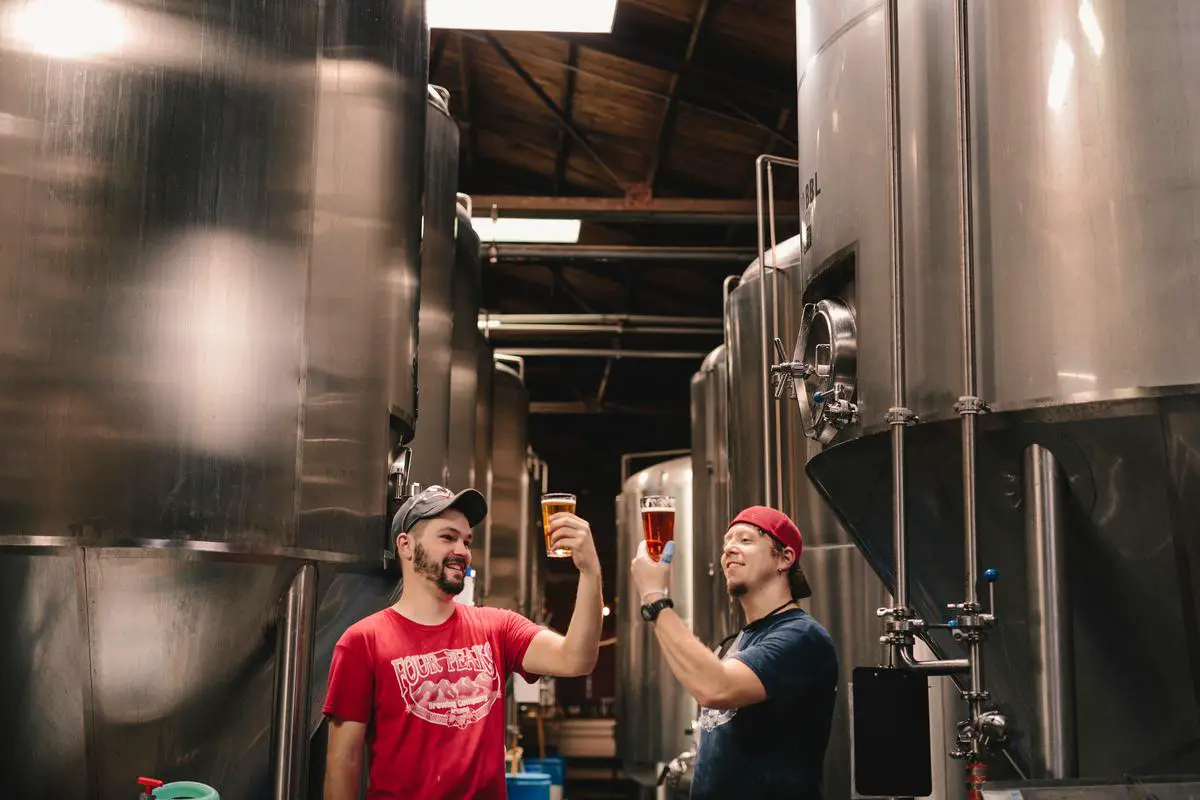
Photo by elevatebeer on Unsplash
The narrative of Thai beer is a testament to Thailand’s remarkable ability to embrace change while staying true to its traditional roots. With every sip, it captures the nuances of an age-old brewing culture nurtured by the confluence of tradition and innovation. The enduring legacy of brands like Singha, Leo, and Chang, coupled with the emerging craft beer scene, paints a vibrant picture of Thailand’s beer industry well-poised for more growth and diversification. So, whether you’re a beer connoisseur or a curious novice, exploring the world of Thai beer promises to be a delightful adventure that goes beyond its tantalizing pull on your taste buds. As you find yourself in the vibrant beer locales of Thailand, remember every bottle tells a story.



